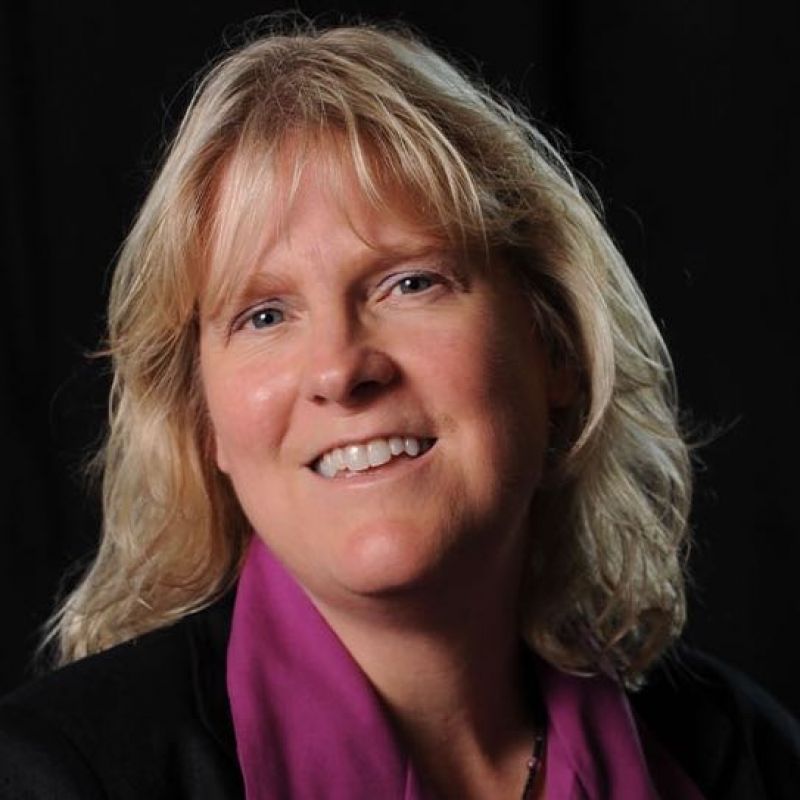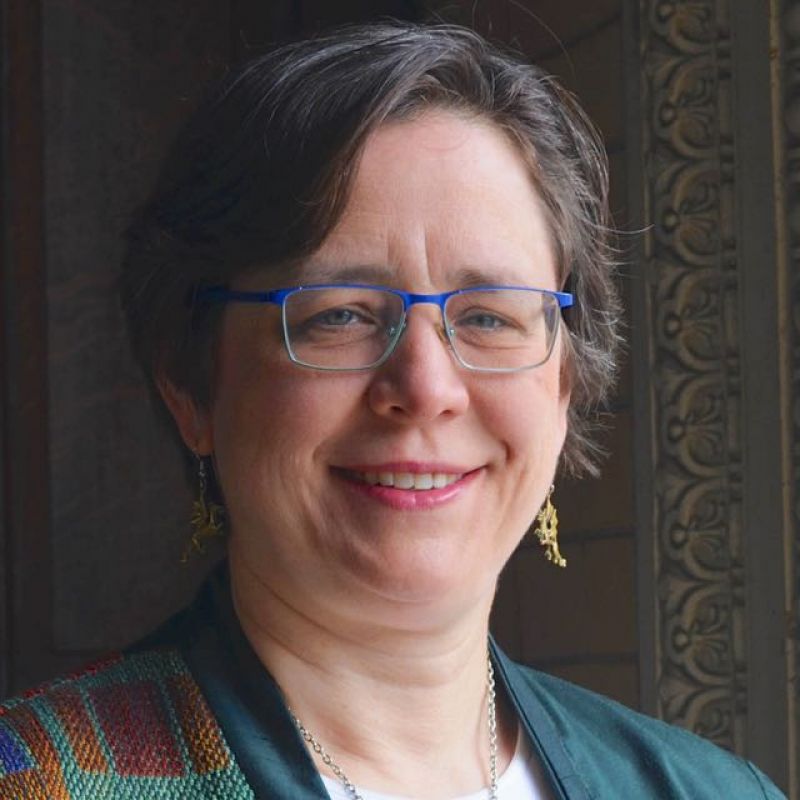From Our Blog

Authors are always on the lookout for ways to garner more publicity for their books. One way that’s been around for quite a while is to enter a contest. But there are many contests out there, and some of them charge high fees to enter, or require that you mail printed books to judges at your cost.
The first thing to consider is what you want from the contest or award. Is there a cash prize, whi…

Traditional publishers offer the whole gamut of getting a book to market. Certain titles can receive attention from everything from editorial crews to marketing departments to teams devoted to online and digital sales. There could even be the boost of imprint-wide campaigns as well as outreach to influencers. The author, however, drives few, if any, of these decisions.
On the flip side, publish…

In the early days of my publishing career, I worked as an editor for a publisher based in Ireland. While it started as primarily a digital-first romance house, it quickly grew into a multi-genre powerhouse.
During that time, two of my titles were accepted by the publisher. The first was a little military thriller called Stray Ally, a story about a not-so-great guy who meets a dog in the wildern…

Many novelists are discovering the rewards of writing for games, whether game-ifying their own concepts or as staff or freelance writers for established gaming properties. In 2022, an estimated 3.2 billion people worldwide played games, and the average age of a gamer is 31. Led by video games and mobile gaming, the gaming industry aims for total earnings around $300 billion for this fiscal year…

Being a good listener. Keen curiosity. Flexibility. And checking your ego at the door. These are among the qualities that have best served the ghostwriters interviewed for this article.
Ghostwriters create content for others, receiving no credit. Good ghosts are skilled writers who create memoirs, speeches, articles, corporate or family histories, blog posts, or fiction in the voice and vision …

Building an email list is one of the best things any author can do. Why? Simple. You own your email list. You certainly don’t own Facebook, Twitter, Instagram, TikTok, and all the other social media platforms where you promote your book. Most of us (while we might own stock) do not own a controlling interest in Amazon, where many of our sales likely come from.
In fact, the only retailer you own…
